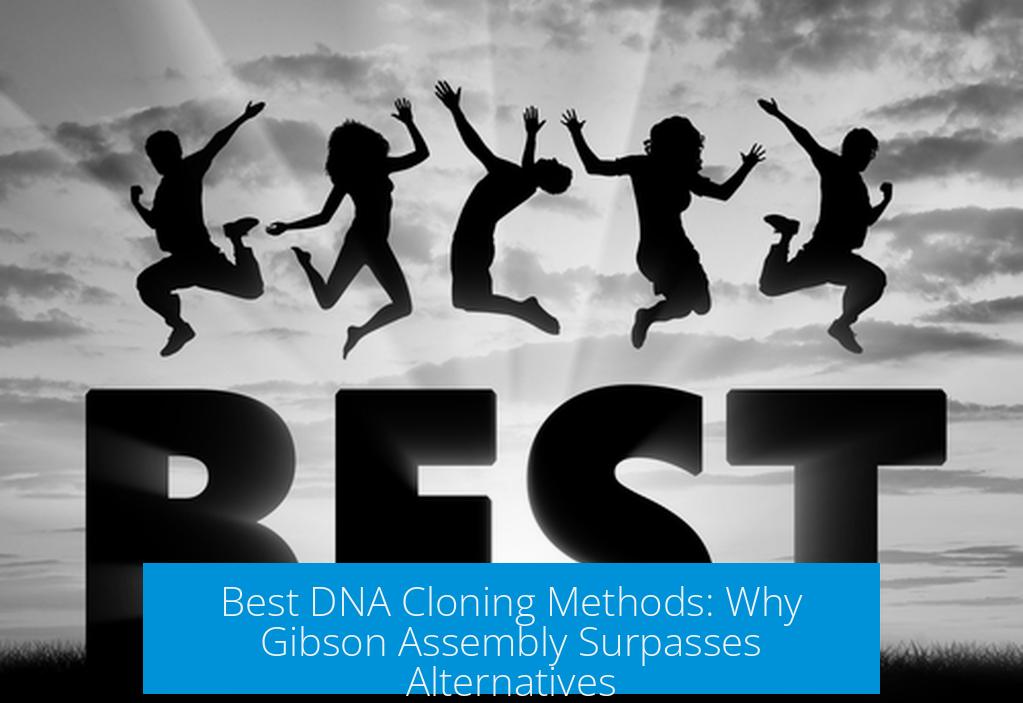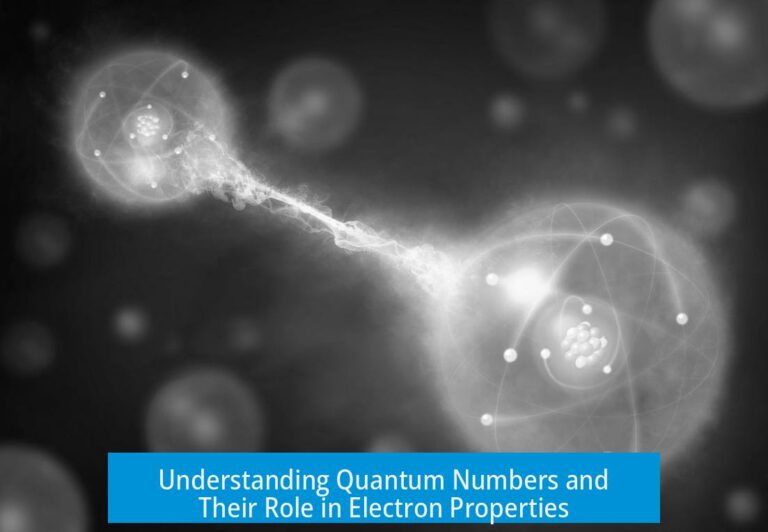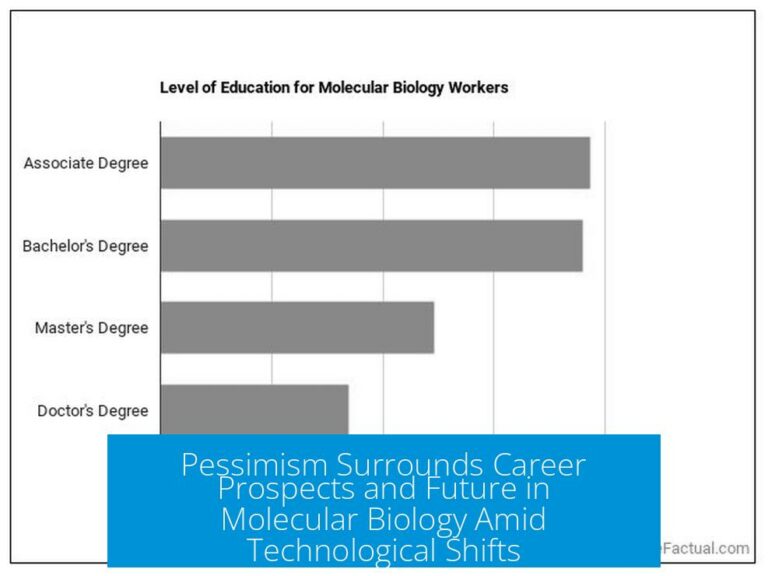Best DNA Cloning Method

The best DNA cloning method currently favored is Gibson Assembly, provided PCR fragments are high quality. This method is efficient, seamless, and fast, allowing assembly of multiple DNA fragments without relying on restriction enzymes.
Why Gibson Assembly is Preferred
- It joins DNA fragments with overlapping ends in a single isothermal reaction.
- Eliminates the need for restriction sites, enabling scarless cloning.
- Compatible with multiple fragments, enhancing flexibility.
- The entire process from PCR amplification to plating can take only 3-4 hours.
- Works well with hypercompetent cells for quick transformation.
Users report fewer issues when the PCR products are clean and accurate. Preparing DNA through PCR followed by gel extraction of both vector and inserts improves success rates. Digesting the vector during PCR amplification streamlines assembly. Transformation protocols are straightforward: add Gibson mix directly to competent cells, incubate briefly, and plate.
Alternative Cloning Methods
- Overlap Extension PCR: Previously popular but less preferred now due to complexity and lower efficiency compared to Gibson.
- Golden Gate Assembly: Highly efficient for modular cloning and repetitive use.
- In-Fusion Cloning: Seamless and efficient, similar to Gibson but proprietary.
- SLiCE (Seamless Ligation Cloning Extract): Home-made and cost-effective, useful in certain settings.
- NEBuilder Hi-Fi: Commercial alternative with high fidelity.
PCR Primer Design for Successful Cloning
Primer quality greatly influences cloning success in Gibson Assembly. Recommendations include:
- Design primers 25-30 base pairs long, targeting melting temperatures (Tm) near 67°C.
- End primers with 2-3 consecutive G or C bases to promote strong binding.
- Set annealing temperature to about 67°C during PCR for specificity.
- Use software tools like SnapGene to check for off-target primer binding.
Concerns like hairpins or primer dimers are less crucial if primer design is optimized.
Summary of Key Points
- Gibson Assembly is widely regarded as the best cloning method for seamless, multi-fragment assembly.
- Efficient PCR, including vector digestion and gel extraction, improves outcomes.
- Alternative methods like Overlap Extension, Golden Gate, and SLiCE exist with niche uses.
- Careful primer design targeting Tm ~67°C and proper length is essential.
What makes Gibson Assembly a preferred DNA cloning method?
Gibson Assembly works well when PCR fragments are clean and well-prepared. It allows for quick assembly of multiple fragments and supports a fast workflow, typically from PCR to plating in 3-4 hours.
How do you prepare DNA fragments for Gibson Assembly?
First, PCR amplify the fragments and gel extract the products. Use a digested vector compatible with your fragments. Mix them in the Gibson Assembly reaction before transforming into hypercompetent cells.
Are there alternatives to Gibson Assembly for DNA cloning?
Yes, several alternatives include Golden Braid 2.0, In-fusion Cloning, SLiCE, NEBuilder Hi-Fi, and Golden Gate cloning. Each has unique strengths depending on the project needs.
What PCR primer design tips improve cloning success?
Design primers 25-30 bases long with a melting temperature near 67°C. Ending primers with 2–3 G or C bases helps stability. Using software like SnapGene helps avoid off-target binding sites.
Can overlap extension cloning compete with Gibson Assembly?
Overlap extension cloning is effective but often considered more labor-intensive than Gibson Assembly. Many users prefer Gibson for its ease and reliability when PCR products are high quality.





Leave a Comment